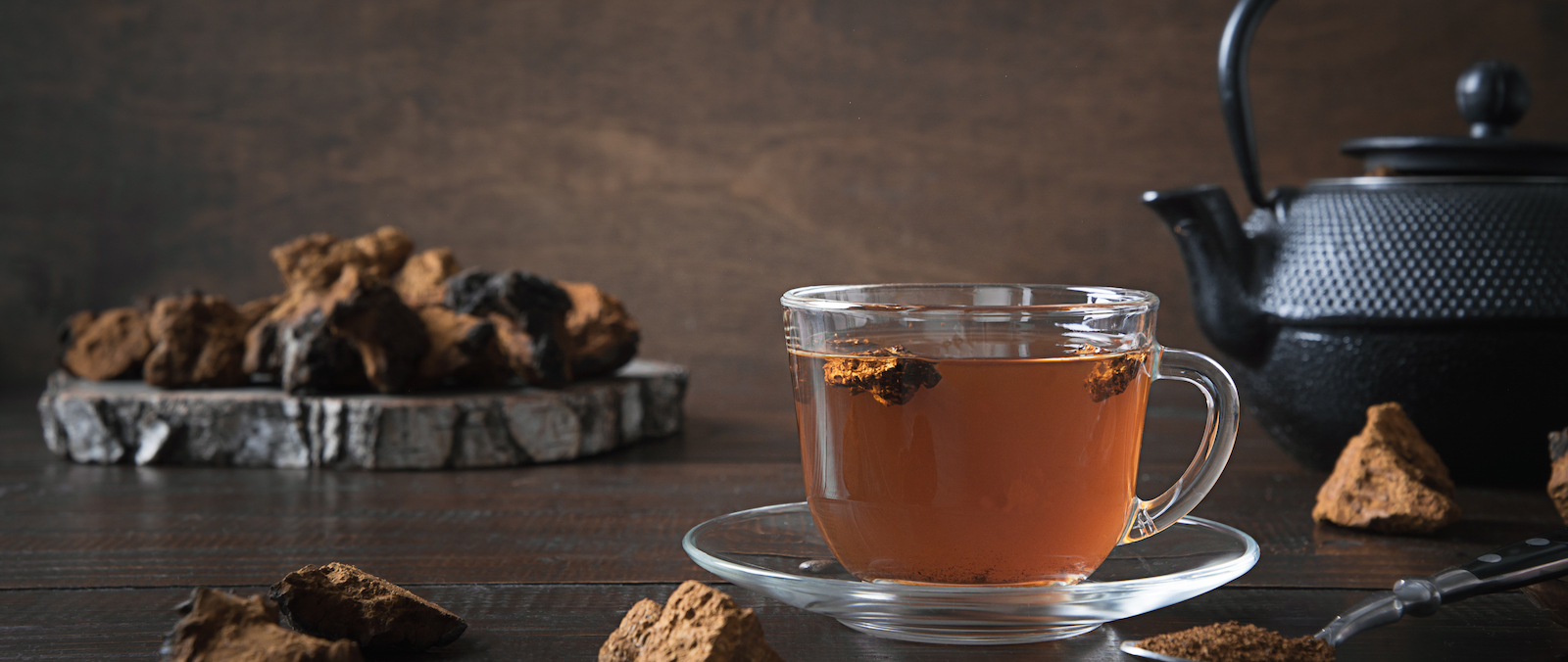BY: Camila Loew
Humble -just leaves steeped in water- yet rich and complex at the same time, tea is the world's foremost consumed beverage (after water), thousands of years old. The first documented consumption of tea dates back to the seventh century BCE. The roots of the word "tea" in different cultures relate to how it arrived in places around the world along the different trade routes: countries that received the leaf by sea used words that began with the letter T (English tea, French "thé", Italian "te", taken from a Chinese dialect from Fujian province. Countries such as Russia, Iran, India, and Tibet, which received the leaf by land, used words beginning with "ch" or "tch", from the Mandarin "cha".
When we speak of tea, we often misapply the word: in daily conversation, we tend to use the word tea to refer to any infusion, including herbal infusions, whether or not they contain the tea plant. Tea, in fact, strictly signals the infusion of the leaves of the Camellia sinensis plant.

What's amazing about this one plant is the broad spectrum it comprises, a universe within itself: the many categories of tea we prepare and drink today -black, pu-ehr, oolong, white, yellow, green- are in fact varietals of one same plant, processed in different ways.
Tea originated in China, namely in the province of Yunnan, where many wild tea plants still grow, and was first used for its medicinal properties. In the first century BCE, a very early work on medicine recommended tea as a way to "give joy to the body and sparkle to the eyes." If you are already a tea drinker, you know that tea is magically both a stimulant and a relaxant. Its main active component, theanine, is an amino acid also found in some mushrooms. Theanine is used to improve mental function. It is also used for anxiety, mental impairment, and stress. But let's not forget the pleasure of drinking tea!
From China, around the sixth century, tea began to spread throughout neighboring countries, and then along the Tea Road, a legendary journey almost a thousand miles long. When tea arrived in Japan, they developed entirely new ways to both prepare and consume it, including the elaborate, ritualized ceremony called Chanoyu (literally "water for tea").
Tea came to the West in the early seventeenth century, but didn't become routine in Europe until about a century later. The very famous, very British custom of five o'clock tea, which you may imagine happening almost exclusively in posh salons, in fact became popular as a pause in the workday, which helped the working class refuel, to then go on and work more hours before their evening meal.
Nowadays, tea is cultivated on every continent, as we know it can grow successfully between the 43rd and 27th parallel. The most common way to purchase and consume tea is in a tea bag; once you enter the world of loose leaf tea, however, a new world is opened to you, as your senses are enlightened and mesmerized by the subtleties and nuances of this popular traditional concoction.
Nothing quite compares to the experience of drinking a pure tea that holds within its leaves the history of thousands of years of tradition. If you are so lucky as to drink the leaves of an old tea tree, its energy is something else, which speaks to those willing to listen.
Though the tea plant certainly has many medicinal properties, the spiritual medicine of it can be found in the ritual of sharing a cup of tea with someone else, or sitting down to one yourself. You don?t need to get too fancy: all you need is a few tea leaves, some clean hot water, and a cup or bowl. And a few minutes to slow down, taste, and be mindful.
